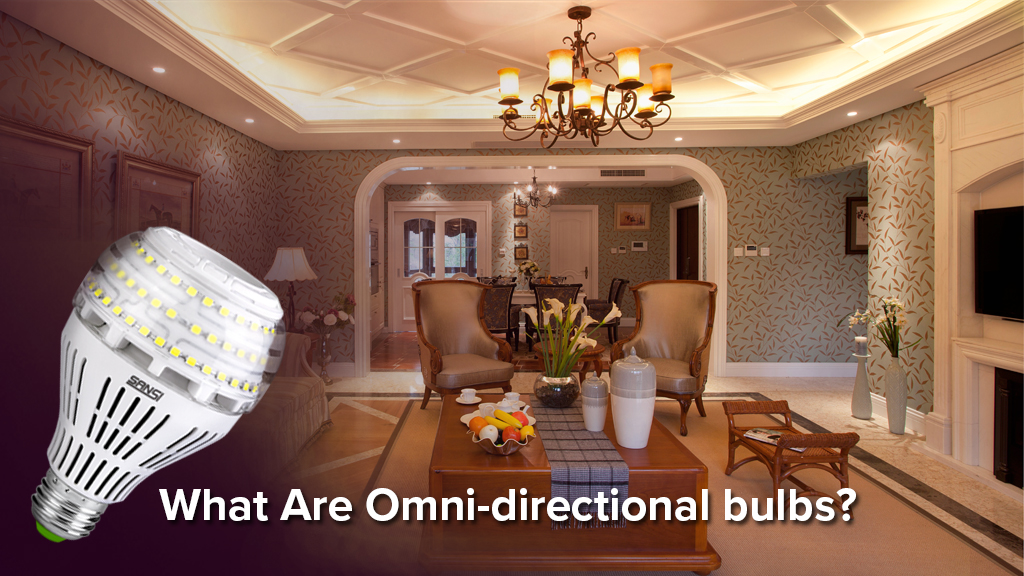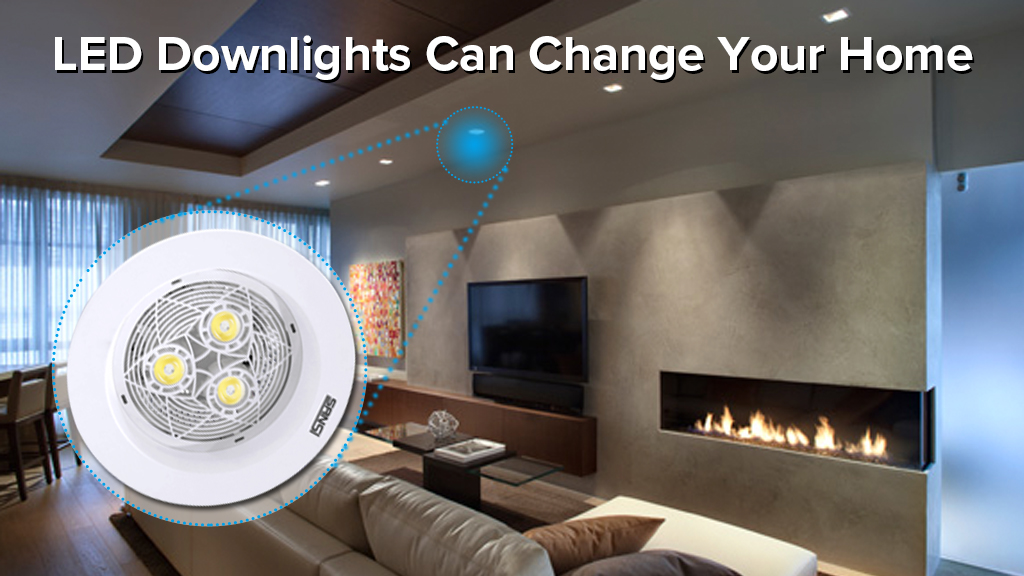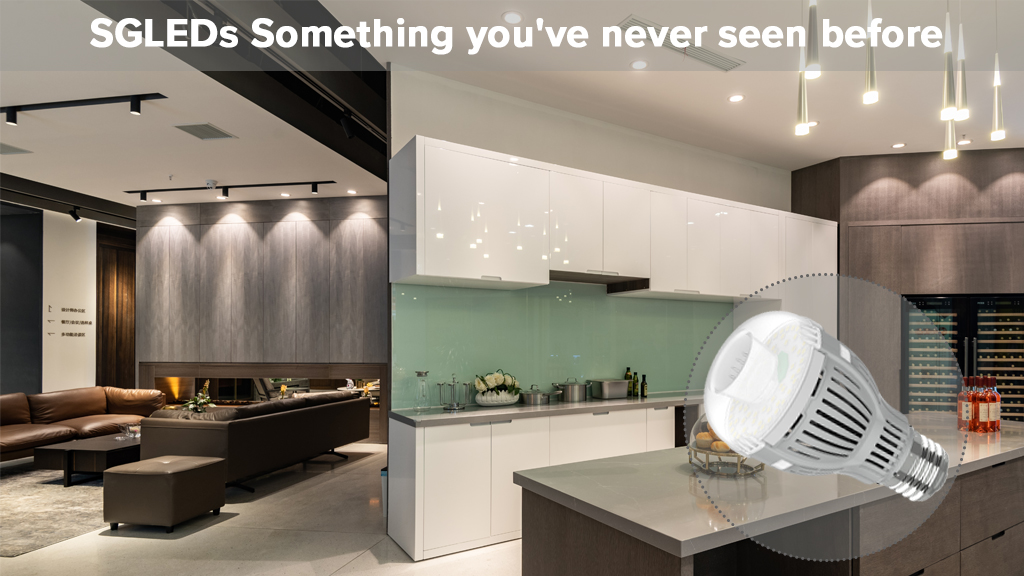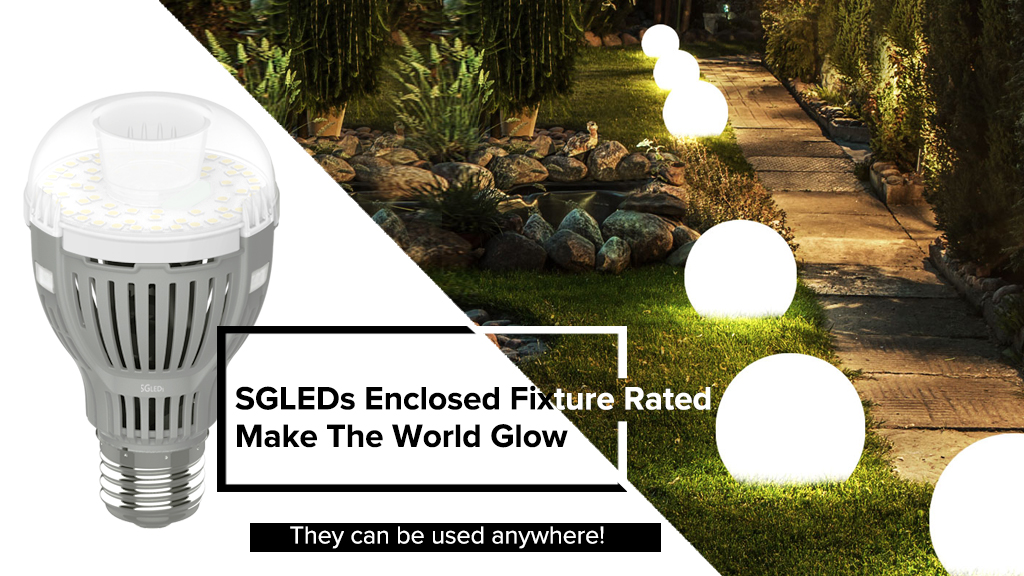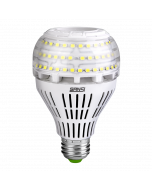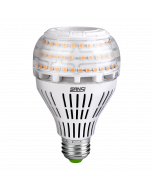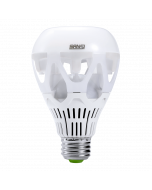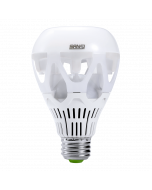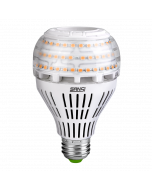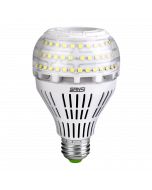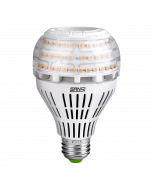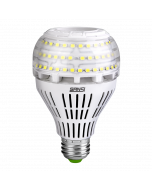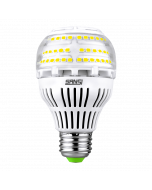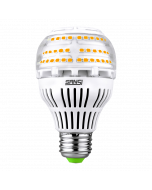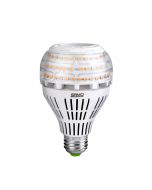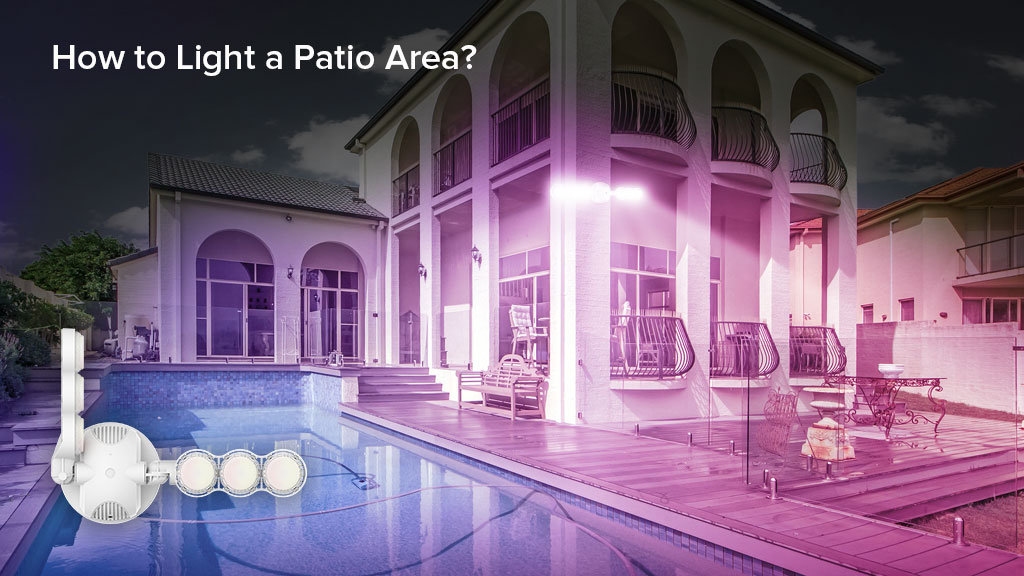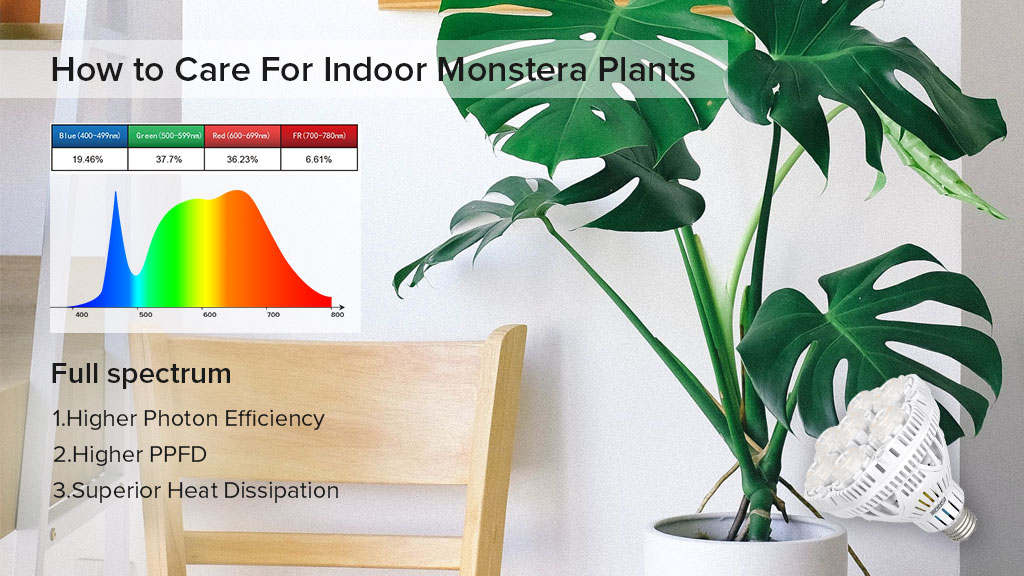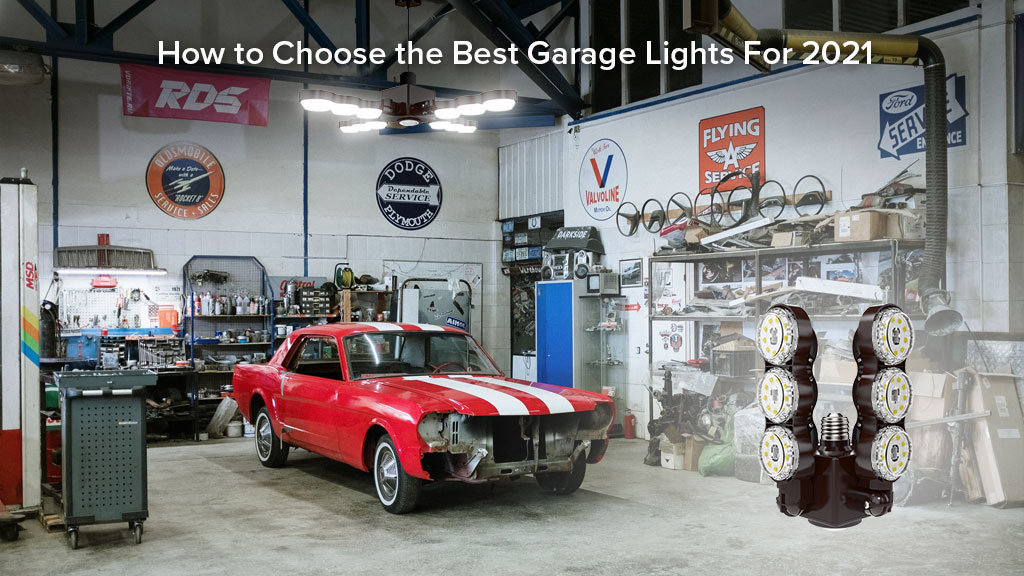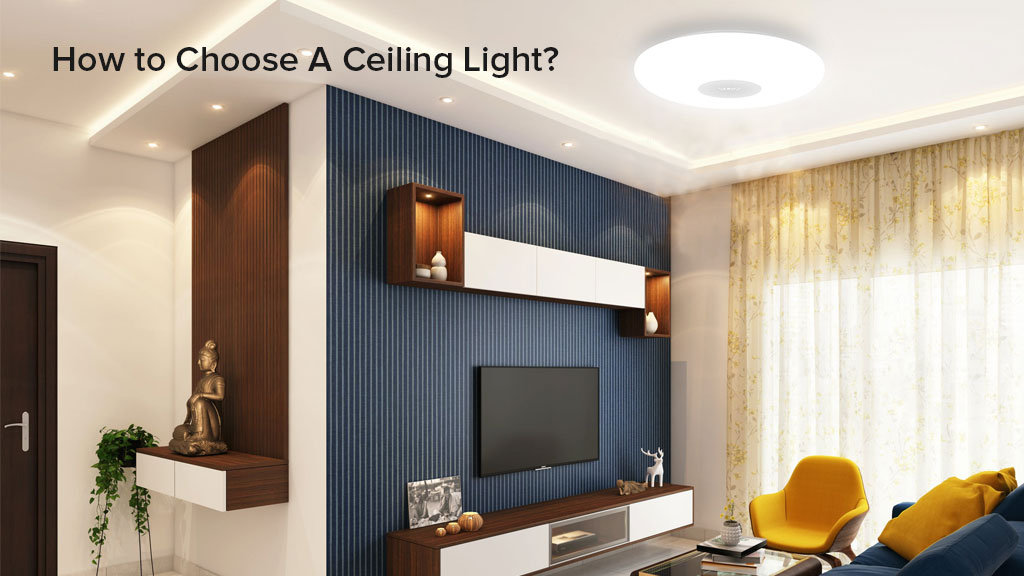What Affects the Lifespan of LEDs
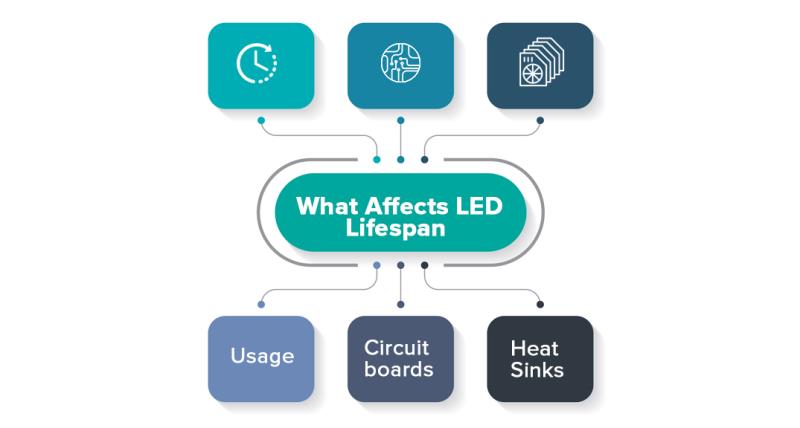
The lifespan of LEDs is one of the biggest factors when purchasing an LED bulb. With the initial higher costs, people are looking to get long-lasting bulbs for their homes. It is important to make sure the lifespan can be guaranteed. Like most things, LEDs lifespan’s are made up of many variables. So there is not just a simple panacea to guarantee their lifetime. However, it is good to look into the main factors that affect LED’s lifetimes so we can all make informed decisions and purchases.
Lifespan Linked to Usage
Most LED bulbs and lights now are listed as having a lifespan of 25,000 hours or more. In the advertising, this may be listed as 10 years but based on 3 hours usage a day. If you only use your bulbs for 3 hours a day then great, they will last you a long time. However, generally speaking about kitchen lighting especially during the winter months, your lights may be on for 2 hours in the morning, 5 in the evening. This is already at 7 hours a day usage basically halving the 10-year life to 5. Although it seems obvious, usage, especially extensive usage can reduce the life of your light. So it is always important to take a closer look at those 10-20 year lifespan estimations.
LED Circuit Boards Are complex
Traditional incandescent bulb’s circuit boards are relatively basic when you look at them carefully. The generic example picture of a traditional lightbulb will usually contain a drawing of two wires connecting to a filament. LED circuit boards have far more pieces and parts. Although the LEDs are not the weak party of the circuit the multiple conductors, resistors, and inductors each bring with them the potential to fail. The longer and more complicated a circuit board is the more likely it is to break. The LEDs usually won’t burn out before their lifespan, it is more likely to be the circuitry.
Heatsinks in the LED light
Heat is known as one of the biggest problems in reducing LED bulbs and LED light’s life. So the best way is to reduce the impact heat has on LEDs. Heatsinks play a major role in reducing the heat within a light and prolonging the life of any LED light or bulb.
When it comes to heatsinks there are more variables to consider. The size, shape, positioning, and the material of the heat sink each affect how well the heat sink performs and the total life of the light.
Heat sink surface area
The bigger the better. Depending on the airflow will determine your heatsink surface area. If the airflow is vertical, you will want a wider faced heatsink. If the airflow is horizontal you will need a taller heatsink.
The orientation of the heat sink: The direction and angle at which the heat sink is facing in various studies have shown that changing the angle the heat sink by 50° resulted in a 2°C Increase in temperature.

The material of the Heat Sink
The material used for a heat sink is the biggest component in the heatsink's ability to dissipate heat. This is because the heat sinks thermal conductivity affects the dissipation of the heat. The faster it can do this, the longer your light can last. So there are maybe 4 main materials that can be used. Copper has the highest thermal conductivity however, it Is simply too expensive to be used on a large scale. So aluminum is now the most common.
Aluminum as a heat sink
The thermal conductivity of aluminum is high and its cost is still relatively cheap. So it is a good option for LED manufacturers. However, the issue with aluminum heat sinks is that they require PC board and internal fans. Causing there to be more pieces again within the light. This can slow down the heat dissipation and reduce the lifespan of the LED light.

Ceramic heat sinks
A ceramic heat sink is a passive heat exchanger. As long as the ceramic heat sink has a large surface area the irregular structure of ceramic makes it great at dissipating heat. This is because they have more contact with air compared to metal structures. Since ceramic also can’t conduct electricity the LED chips can be directly attached to the ceramic reducing the need for PC boards or thermal adhesives. The simple idea of having fewer pieces will result in less heat being generated. Prolonging the life of the light.

Overall, the lifespan of LED bulbs is due to a number of factors. Usage circuit boards, and heatsinks. It is important to have some idea about each of these factors and especially heat sinks so that you can make a better-informed purchase in the future. Look at the details and the design of the light or heat sinks and see if they look designed for better heat dissipation. The best way to prolong the life of your LED would be to keep it as cool as possible. By having better control over each of these factors you will be able to prolong the life of an LED light.



